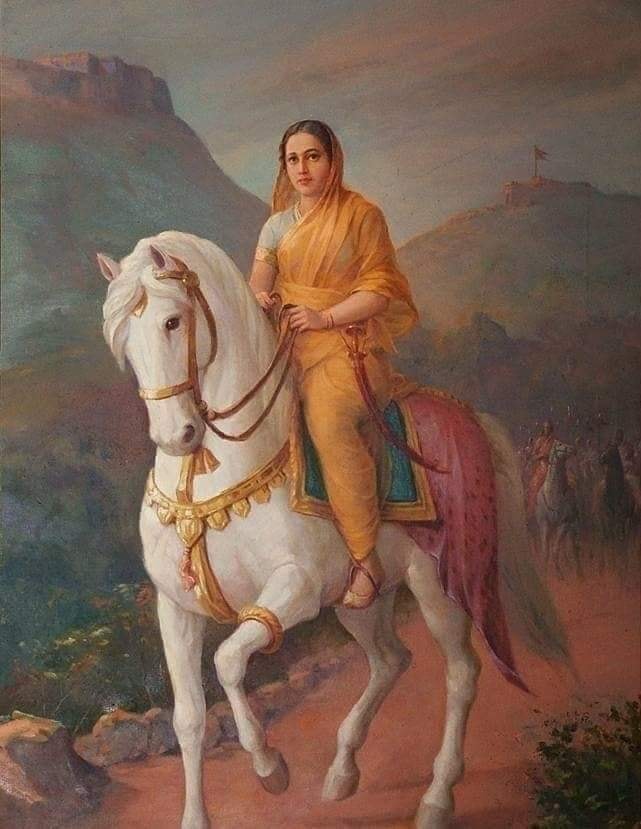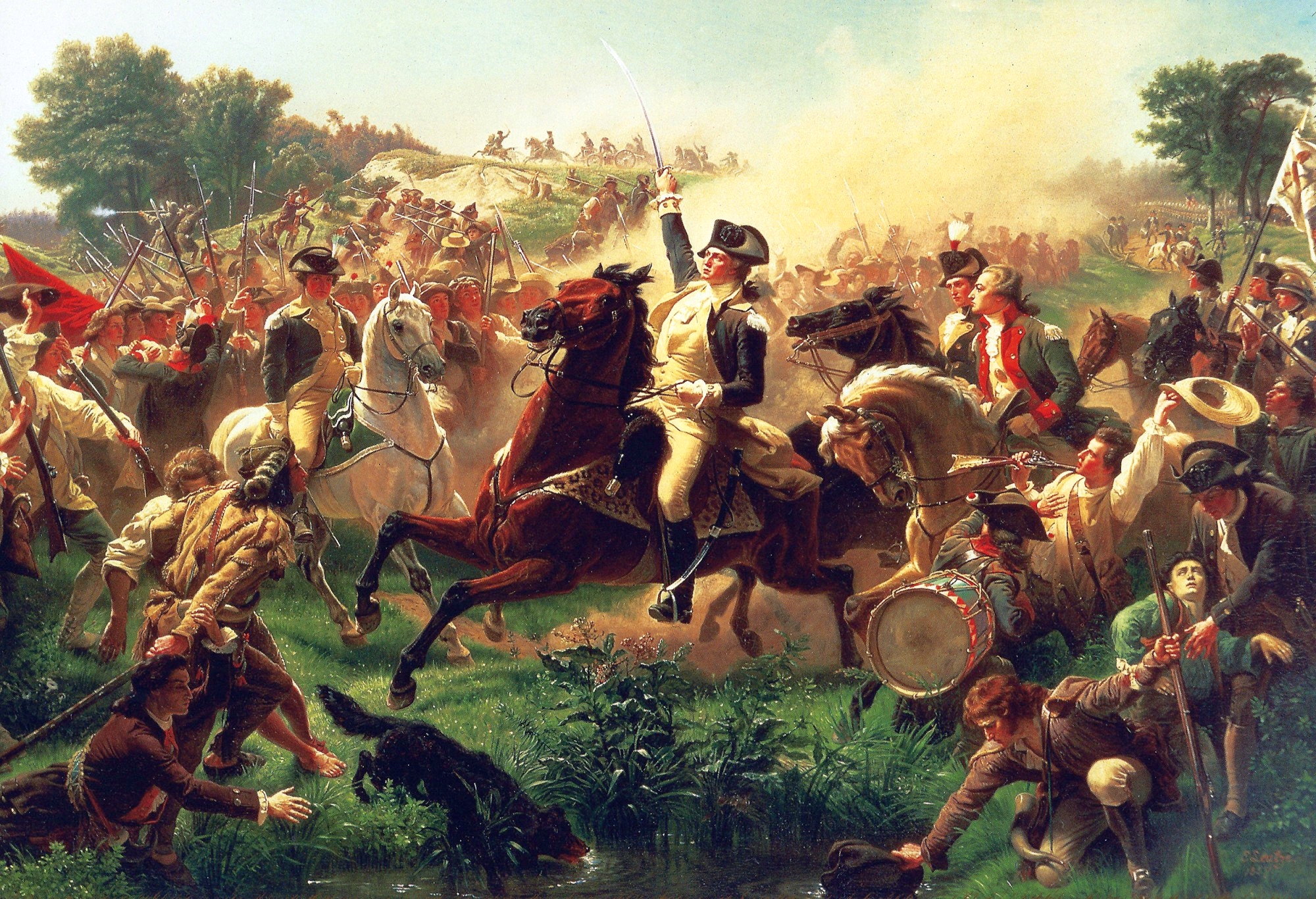|
Wang Nangxian
Wang Nangxian (, 1778–1798), Chinese:王囊仙; was a female Chinese leader of the anti- Manchu White Lotus Rebellion along with Wang Cong'er during the reign of the Qing dynasty. Another female member of the rebellion along with Wang Cong'er, she declared herself divine and commanded her own troops in battle against the Imperial army. She was called 'Sorceress Wang' due to her use of 'magical powers' as a blessing for their strength, power and dignity towards her troops including Wang Cong'er and many other Chinese residents during ritual ceremonies. Reportedly born in 1778, Wang Nangxian is of Bouyei descent. White Lotus Sect The White Lotus Sect originated during the Yuan Dynasty. Wang Nangxian along with Wang Cong'er led the uprising of the White Lotus sect against the Qing regime. She also reportedly used Kung Fu and acrobatics, and fought with a sword in each hand. Intent on avenging the death of her husband at the hands of the Qing, Wang led an army of men into battle ... [...More Info...] [...Related Items...] OR: [Wikipedia] [Google] [Baidu] |
Wang (surname)
Wang () is the pinyin romanization of Chinese, romanization of the common Chinese surnames (''Wáng'') and (''Wāng''). It is currently the list of common Chinese surnames, most common surname in mainland China, as well as the most common surname in the world, with more than 107 million worldwide. [Public Security Bureau Statistics: 'Wang' Found China's #1 'Big Family', Includes 92.88m People]." 24 Apr 2007. Accessed 27 Mar 2012. Wáng () was listed as 8th on the famous Song Dynasty list of the ''Hundred Family Surnames.'' Wāng () was 104th of the ''Hundred Family Surnames''; it is currently the list of common Chinese surnames, 58th-most-common surname in mainland China. Wang is also a surname in several European countries. Romanizations is also romanized as Wong (surname), Wong in Hong Kong, ...[...More Info...] [...Related Items...] OR: [Wikipedia] [Google] [Baidu] |
Qing Dynasty
The Qing dynasty ( ), officially the Great Qing,, was a Manchu-led imperial dynasty of China and the last orthodox dynasty in Chinese history. It emerged from the Later Jin dynasty founded by the Jianzhou Jurchens, a Tungusic-speaking ethnic group who unified other Jurchen tribes to form a new "Manchu" ethnic identity. The dynasty was officially proclaimed in 1636 in Manchuria (modern-day Northeast China and Outer Manchuria). It seized control of Beijing in 1644, then later expanded its rule over the whole of China proper and Taiwan, and finally expanded into Inner Asia. The dynasty lasted until 1912 when it was overthrown in the Xinhai Revolution. In orthodox Chinese historiography, the Qing dynasty was preceded by the Ming dynasty and succeeded by the Republic of China. The multiethnic Qing dynasty lasted for almost three centuries and assembled the territorial base for modern China. It was the largest imperial dynasty in the history of China and in 1790 the f ... [...More Info...] [...Related Items...] OR: [Wikipedia] [Google] [Baidu] |
18th-century Chinese Women
The 18th century lasted from January 1, 1701 ( MDCCI) to December 31, 1800 ( MDCCC). During the 18th century, elements of Enlightenment thinking culminated in the American, French, and Haitian Revolutions. During the century, slave trading and human trafficking expanded across the shores of the Atlantic, while declining in Russia, China, and Korea. Revolutions began to challenge the legitimacy of monarchical and aristocratic power structures, including the structures and beliefs that supported slavery. The Industrial Revolution began during mid-century, leading to radical changes in human society and the environment. Western historians have occasionally defined the 18th century otherwise for the purposes of their work. For example, the "short" 18th century may be defined as 1715–1789, denoting the period of time between the death of Louis XIV of France and the start of the French Revolution, with an emphasis on directly interconnected events. To historians who expand the ... [...More Info...] [...Related Items...] OR: [Wikipedia] [Google] [Baidu] |
Women In 18th-century Warfare
Active warfare throughout recorded history has always predominantly involved male combatants; however, women have also contributed to military activities including as combatants. The following list describes women known to have participated in military actions in the 18th century. For women in warfare in the United States at this time, please see Timeline of women in war in the United States, Pre-1945. Timeline of women in warfare from 18th century warfare worldwide (except the present US) 18th century * 1700–1721: An unnamed woman serves in the Swedish army in the Great Northern War; after the war, she is seen wearing men's clothing on the streets of Stockholm until the 1740s, where she was known as "The Rider". * 1700s: Tomasa Tito Condemayta acts as a military strategist and leader of a woman's battalion during Rebellion of Túpac Amaru II. * 1700s: Maria Ursula d'Abreu e Lencastro joined the Portuguese navy dressed as a man under the name Balthaza ... [...More Info...] [...Related Items...] OR: [Wikipedia] [Google] [Baidu] |
18th-century Chinese People
The 18th century lasted from January 1, 1701 ( MDCCI) to December 31, 1800 ( MDCCC). During the 18th century, elements of Enlightenment thinking culminated in the American, French, and Haitian Revolutions. During the century, slave trading and human trafficking expanded across the shores of the Atlantic, while declining in Russia, China, and Korea. Revolutions began to challenge the legitimacy of monarchical and aristocratic power structures, including the structures and beliefs that supported slavery. The Industrial Revolution began during mid-century, leading to radical changes in human society and the environment. Western historians have occasionally defined the 18th century otherwise for the purposes of their work. For example, the "short" 18th century may be defined as 1715–1789, denoting the period of time between the death of Louis XIV of France and the start of the French Revolution, with an emphasis on directly interconnected events. To historians who expand ... [...More Info...] [...Related Items...] OR: [Wikipedia] [Google] [Baidu] |
Qing Dynasty Rebels
The Qing dynasty ( ), officially the Great Qing,, was a Manchu-led imperial dynasty of China and the last orthodox dynasty in Chinese history. It emerged from the Later Jin dynasty founded by the Jianzhou Jurchens, a Tungusic-speaking ethnic group who unified other Jurchen tribes to form a new "Manchu" ethnic identity. The dynasty was officially proclaimed in 1636 in Manchuria (modern-day Northeast China and Outer Manchuria). It seized control of Beijing in 1644, then later expanded its rule over the whole of China proper and Taiwan, and finally expanded into Inner Asia. The dynasty lasted until 1912 when it was overthrown in the Xinhai Revolution. In orthodox Chinese historiography, the Qing dynasty was preceded by the Ming dynasty and succeeded by the Republic of China. The multiethnic Qing dynasty lasted for almost three centuries and assembled the territorial base for modern China. It was the largest imperial dynasty in the history of China and in 1790 the fou ... [...More Info...] [...Related Items...] OR: [Wikipedia] [Google] [Baidu] |
1798 Deaths
Events January–June * January – Eli Whitney contracts with the U.S. federal government for 10,000 muskets, which he produces with interchangeable parts. * January 4 – Constantine Hangerli enters Bucharest, as Prince of Wallachia. * January 22 – A coup d'état is staged in the Netherlands ( Batavian Republic). Unitarian Democrat Pieter Vreede ends the power of the parliament (with a conservative-moderate majority). * February 10 – The Pope is taken captive, and the Papacy is removed from power, by French General Louis-Alexandre Berthier. * February 15 – U.S. Representative Roger Griswold (Fed-CT) beats Congressman Matthew Lyon (Dem-Rep-VT) with a cane after the House declines to censure Lyon earlier spitting in Griswold's face; the House declines to discipline either man.''Harper's Encyclopaedia of United States History from 458 A. D. to 1909'', ed. by Benson John Lossing and, Woodrow Wilson (Harper & Brothers, 1910) p171 * March &nd ... [...More Info...] [...Related Items...] OR: [Wikipedia] [Google] [Baidu] |
1778 Births
Events January–March * January 18 – Third voyage of James Cook: Captain James Cook, with ships HMS ''Resolution'' and HMS ''Discovery'', first views Oahu then Kauai in the Hawaiian Islands of the Pacific Ocean, which he names the ''Sandwich Islands''. * February 5 – **South Carolina becomes the first state to ratify the Articles of Confederation. ** **General John Cadwalader shoots and seriously wounds Major General Thomas Conway in a duel after a dispute between the two officers over Conway's continued criticism of General George Washington's leadership of the Continental Army.''Harper's Encyclopaedia of United States History from 458 A. D. to 1909'', ed. by Benson John Lossing and, Woodrow Wilson (Harper & Brothers, 1910) p166 * February 6 – American Revolutionary War – In Paris, the Treaty of Alliance and the Treaty of Amity and Commerce are signed by the United States and France, signaling official French recognition of the new rep ... [...More Info...] [...Related Items...] OR: [Wikipedia] [Google] [Baidu] |
Yuan Dynasty
The Yuan dynasty (), officially the Great Yuan (; xng, , , literally "Great Yuan State"), was a Mongol-led imperial dynasty of China and a successor state to the Mongol Empire after its division. It was established by Kublai, the fifth khagan-emperor of the Mongol Empire from the Borjigin clan, and lasted from 1271 to 1368. In orthodox Chinese historiography, the Yuan dynasty followed the Song dynasty and preceded the Ming dynasty. Although Genghis Khan had been enthroned with the Han-style title of Emperor in 1206 and the Mongol Empire had ruled territories including modern-day northern China for decades, it was not until 1271 that Kublai Khan officially proclaimed the dynasty in the traditional Han style, and the conquest was not complete until 1279 when the Southern Song dynasty was defeated in the Battle of Yamen. His realm was, by this point, isolated from the other Mongol-led khanates and controlled most of modern-day China and its surrounding areas, including ... [...More Info...] [...Related Items...] OR: [Wikipedia] [Google] [Baidu] |
Chinese Language
Chinese (, especially when referring to written Chinese) is a group of languages spoken natively by the ethnic Han Chinese majority and many minority ethnic groups in Greater China. About 1.3 billion people (or approximately 16% of the world's population) speak a variety of Chinese as their first language. Chinese languages form the Sinitic branch of the Sino-Tibetan languages family. The spoken varieties of Chinese are usually considered by native speakers to be variants of a single language. However, their lack of mutual intelligibility means they are sometimes considered separate languages in a family. Investigation of the historical relationships among the varieties of Chinese is ongoing. Currently, most classifications posit 7 to 13 main regional groups based on phonetic developments from Middle Chinese, of which the most spoken by far is Mandarin (with about 800 million speakers, or 66%), followed by Min (75 million, e.g. Southern Min), Wu (74 million, e.g. Shangh ... [...More Info...] [...Related Items...] OR: [Wikipedia] [Google] [Baidu] |
White Lotus Sect
The White Lotus () is a syncretic religious and political movement which forecasts the imminent advent of the "King of Light" (), i.e., the future Buddha Maitreya. As White Lotus sects developed, they appealed to many Han Chinese who found solace in the worship of Wusheng Laomu (). History Background The religious background of the White Lotus Sect goes back to the founding of the first White Lotus Society (白蓮社) in the Donglin Temple at Mount Lu by the Huiyuan (334–416 CE). During the Northern Song period (960–1126), White Lotus Societies were founded throughout southern China, spreading Pure Land teachings and meditation methods with them. Between 9th and 14th centuries, Chinese Manichaeans increasingly involved themselves with the Pure Land school. Through this close interaction Manichaeism had profound influence on Chinese Maitreyan Buddhist sects within the Pure Land tradition, practicing together so closely alongside the Buddhists that the two traditions ... [...More Info...] [...Related Items...] OR: [Wikipedia] [Google] [Baidu] |
Bouyei People
The Bouyei (also spelled ''Puyi'', ''Buyei'' and ''Buyi''; self called: Buxqyaix, or "Puzhong", "Burao", "Puman"; ; vi, người Bố Y), otherwise known as the Zhongjia, are an ethnic group living in Southern Mainland China. Numbering 2.5 million, they are the 11th largest of the 56 ethnic groups officially recognized by the People's Republic of China. Despite the Chinese considering them a separate group, they consider themselves Zhuang (Tai peoples). The Bouyei mostly live in Qianxinan and Qiannan prefectures of Southern Guizhou Province, as well as in Yunnan and Sichuan Provinces. Some 3,000 Bouyei also live in Northern Vietnam, where they are one of that nation's 54 officially recognized ethnic groups. In Vietnam, they are known as the Bố Y and mostly live in Mường Khương District of Lào Cai and Quản Bạ District of Hà Giang Province. Names The Bouyei consist of various subgroups. Below are their autonyms written in the International Phonetic Alphabet wi ... [...More Info...] [...Related Items...] OR: [Wikipedia] [Google] [Baidu] |






